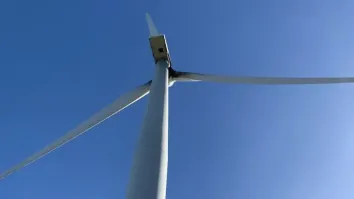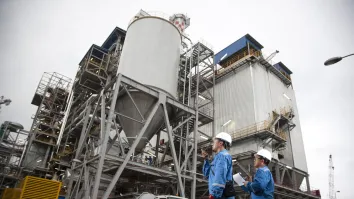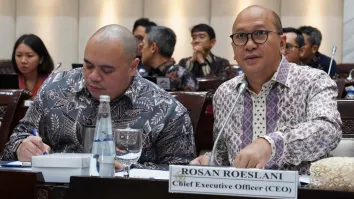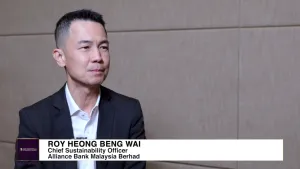
China's non-life insurance sector should remain stable: AM Best
Insurers continue to face weak domestic demand, the agency said.
China’s non-life insurance sector is expected to remain stable over the next year, according to AM Best.
The agency kept its outlook unchanged as steady premium growth and supportive regulation continue to offset weaker economic conditions.
It said demand from new energy vehicles, ongoing health insurance reforms and new product development are helping support the market despite a prolonged slowdown in China’s broader economy.
Insurers continue to face weak domestic demand, with the IMF projecting inflation at 0.0% in 2025 and 0.7% in 2026.
The slowdown has weighed on lines such as commercial property, engineering and liability.
The People’s Bank of China has maintained the one-year loan prime rate at 3%, and any future easing is expected to be modest.
Regulation remains a key factor supporting the sector.
The National Financial Regulatory Administration extended the transition period for C-ROSS Phase II to the end of 2025, easing capital pressure on insurers. Industry solvency ratios stayed stable through 2024 and mid-2025.
Regulators have also eased equity investment limits and introduced tighter controls on underwriting expenses and data accuracy, particularly in non-motor lines.
Earlier reforms in motor insurance have already helped improve combined ratios.
Motor premiums continue to grow on the back of strong new energy vehicle sales. NEVs accounted for more than 40% of new vehicle sales in the first half of 2025, with the share expected to reach 50% by year-end.
Although NEV insurance still experiences higher loss frequency and severity than traditional vehicles, improved pricing and underwriting narrowed losses in early 2025.
Some insurers remain cautious, limiting access for high-risk NEV owners. Regulators launched the “Easy Auto Insurance” platform in early 2025 to address this issue.
Short-term health insurance remains one of the strongest growth drivers.
The long-running “million-yuan” medical policy segment has matured, whilst new products aimed at people with chronic illnesses or pre-existing conditions have expanded rapidly in 2025.
AM Best expects commercial health insurance to play a larger role as China’s population ages and medical reforms continue.
Insurers are also expanding their presence in emerging lines linked to national development goals, including green energy, low-altitude aviation, high-tech manufacturing and environmental liability.
Inclusive finance products such as Huiminbao and Huijiabao continue to extend coverage to low-income consumers, whilst agricultural insurance supports rural development.
Catastrophe insurance is expected to grow from a low base as more cities roll out regional schemes.
Use of digital tools and China-developed AI systems is rising across underwriting, claims, pricing and fraud detection.
Whilst these technologies improve efficiency, AM Best noted that smaller insurers may struggle to maintain profitability as competition intensifies.
It said companies with strong cost control and focused business-line management are likely to be better positioned over time.



















 Advertise
Advertise







